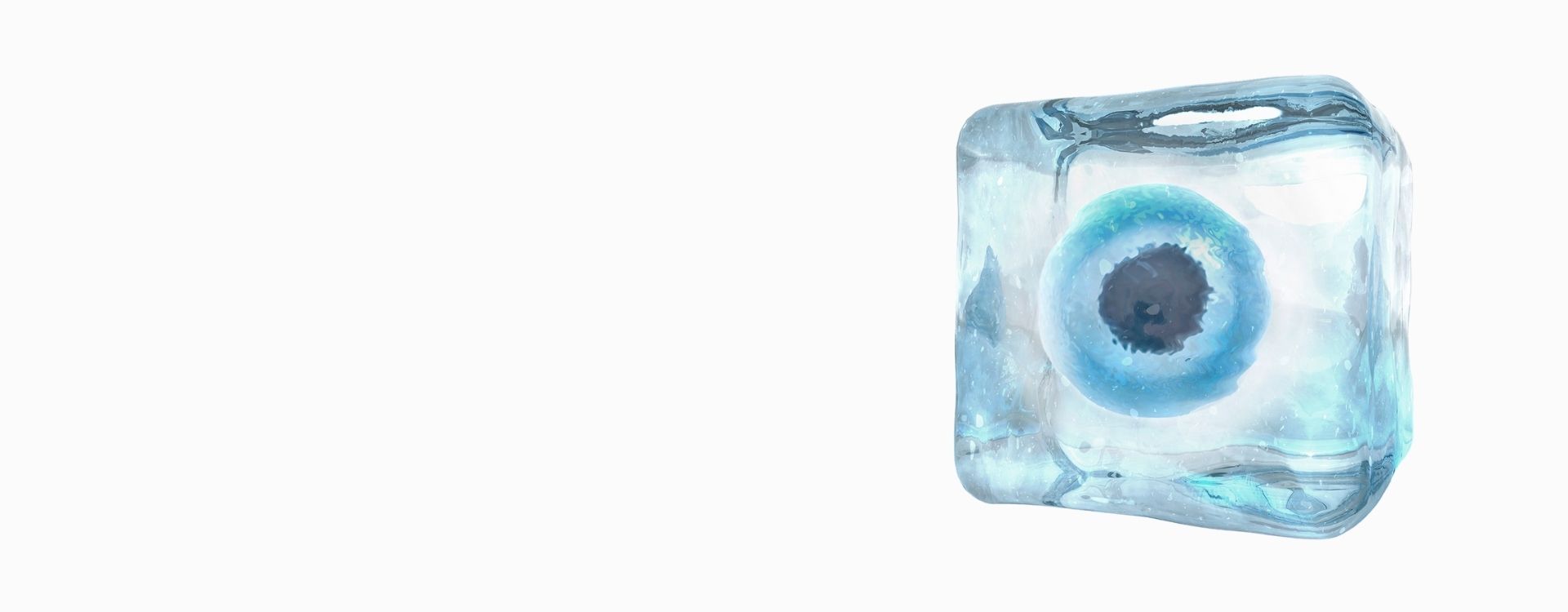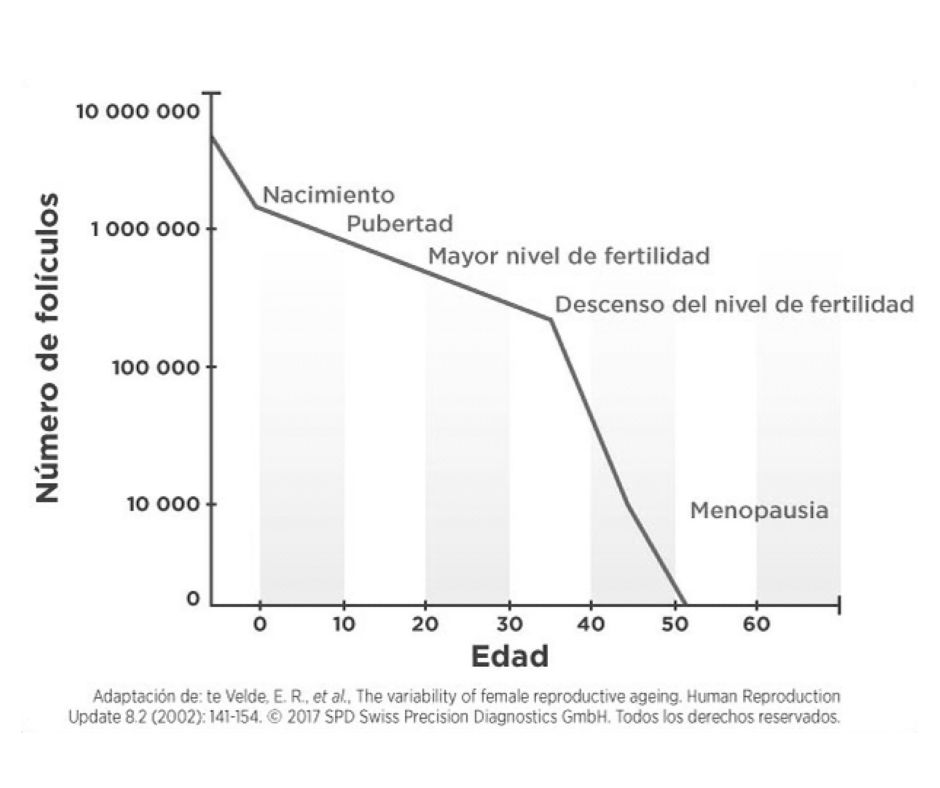If you are thinking of postponing your motherhood, Fertilis offers you the possibility of cryopreserving your eggs.
Is there an age to freeze eggs?
The ovarian reserve (quantity and quality of eggs that a woman has at a certain moment) is limited and decreases with age. Many studies mark 35-37 years as the age that on average begins to decline. Therefore, it is recommended to cryopreserve eggs before that age if possible.
If I were older is it still worth it?
It is less likely to work, but in many cases it is still possible. Each case must be evaluated by a specialist who will tell you the chances according to the results of your studies and your age.
How many eggs do I need to freeze?
There is no magic number that guarantees pregnancy. However, there are studies that estimate between 8 and 15 number of oocytes would be ideal. Sometimes it may take more than one treatment to save that number of eggs.
How are the eggs collected?
Before starting the process, a transvaginal ultrasound is performed to rule out gynecological pathologies and to perform a count of antral follicles. A blood test is also requested, to get to know the hormones status and thus evaluate your ovarian reserve.
Afterwards, an ovarian stimulation process is carried out through hormonal treatment, which consists of a daily subcutaneous injection for about 8 to 12 days.
This is to increase the ovary eggs production. During this period of time, the woman must attend 3 or 4 consultations for ultrasound check-up scans . 36 hours after verifying that the follicles reached the appropriate size (within them are the eggs), they are extracted in the operating room by means of a vaginal puncture, which usually take 20 minutes and is performed under general anesthetic sedation, which is very mild and has a very short recovery time, between one and two hours. Although the procedure is painless, the patient may experience premenstrual-like discomfort afterwards.
How long do they last frozen?
The oocytes vitrification consists of an ultra-fast freezing method that prevents the formation of ice crystals. Once frozen, they are kept in safety containers with liquid nitrogen at -196ºC, so they can be preserved for years.
What happens when you decide to be a mother?
Once devitrified (in general, 85% are viable and 95% of those that were vitrified), the oocytes must be fertilized with the semen of the partner or a donor to obtain the embryos and transfer them to the uterus using in vitro fertilization techniques (IVF) or sperm microinjection (ICSI).
Once the eggs are fertilized, embryos are formed. Subsequently, one or two embryos are placed inside the uterus (the number to transfer is decided by each patient with their doctor)
What are the steps to egg cryopreservation?
Pre-treatment consultation / Cycle programming.
Ovarian stimulation:
This period usually lasts from 8 to 10 days. It is indicated to have the treatment with hormonalmedication to obtain several ovules. During this time, 2 to 4 controls with ultrasound and hormone laboratory are performed.
Follicular puncture and oocyte retrieval:
The extraction of the ovules from the ovaries. The procedure takes place in the operating room and uses a mild sedation to avoid discomfort. The duration is usually about 20 to 30 minutes. After, rest is indicated for an hour in a recovery room, followed by relative rest during that day.
The eggs are frozen by a technique called Vitrification a – 196 0 and they are stored in FERTILIS.



